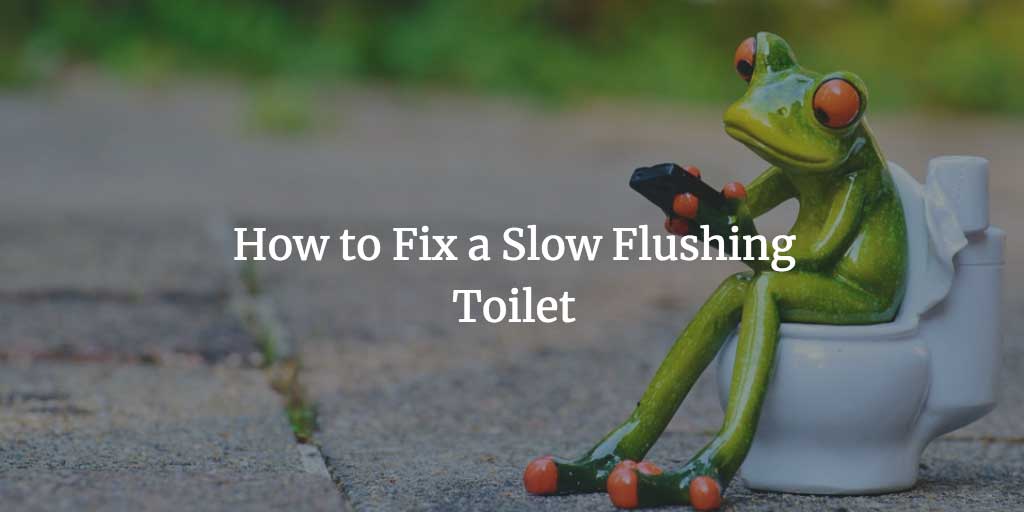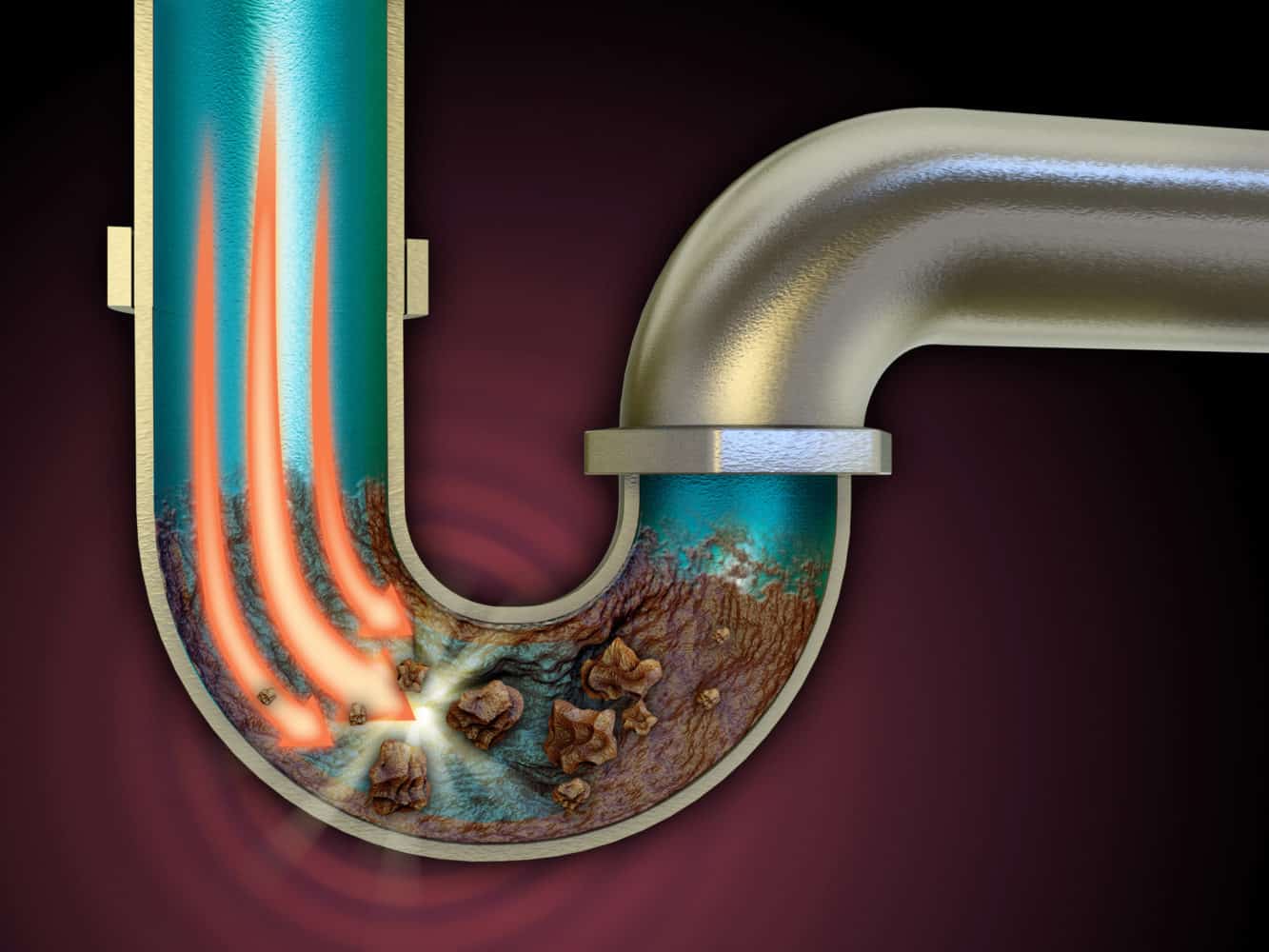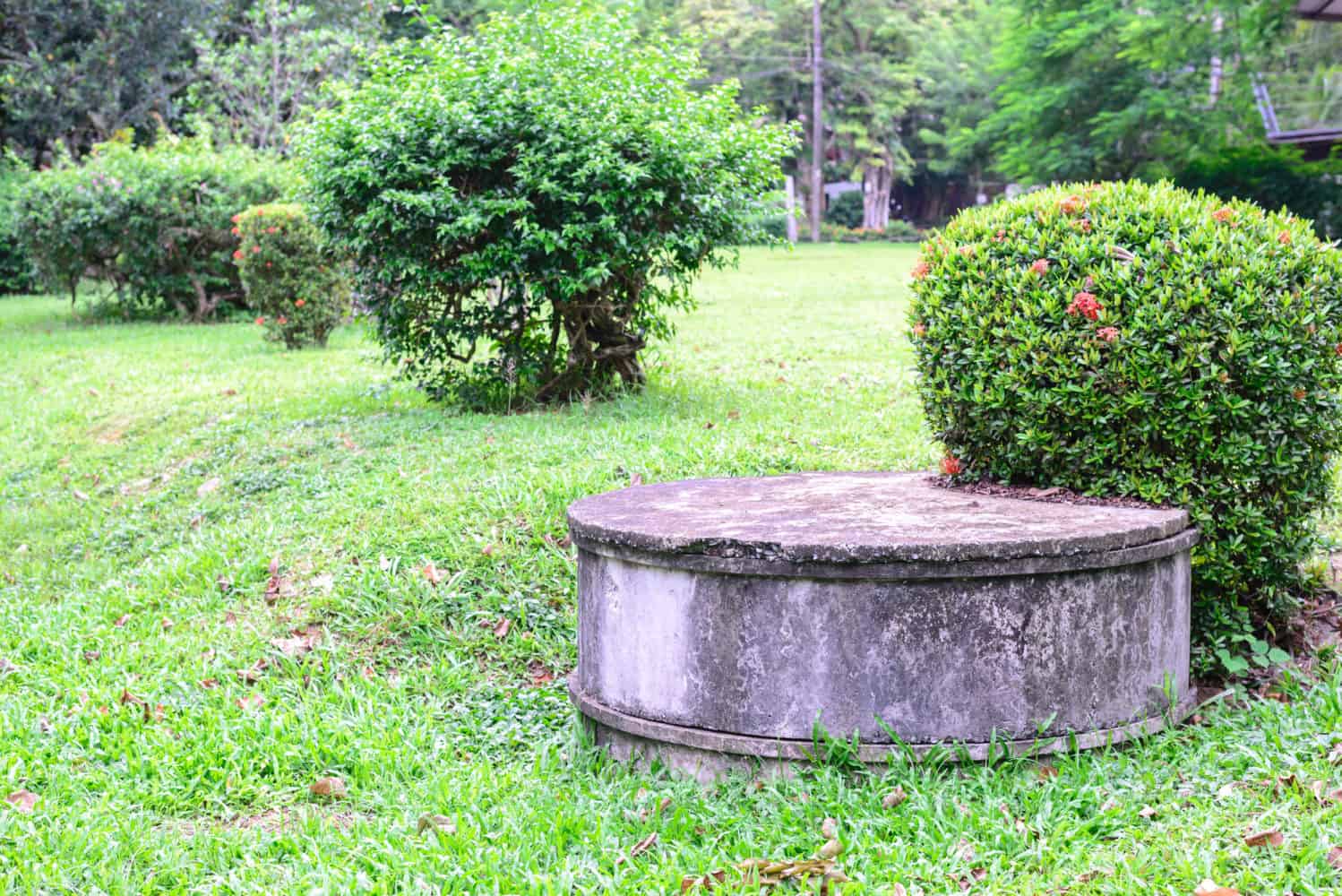If a single flush doesn’t do the trick, it’s not just gross, it’s maddening and wasteful as well. But, that doesn’t mean you have to call the plumber right away, we can help you fix a slow flushing toilet. These steps may help you pinpoint the exact problem and fix your slow flushing toilet.
Contents
Why Does My Toilet Flush Slow?
Knowing how a toilet works will help you find out why you have a slow flushing toilet. Your toilet needs a certain amount of siphoning pressure in order to work properly. The water flooding the bowl creates this pressure.
The water overflows the “J”-shaped pipe (aka a trap) that’s located in the back of the base of the bowl. Think of the “J” pipe as a dam. When a gush of water spills over, the waste and everything else behind it follows. So, it becomes a real problem if the toilet tank is not filling properly.
That first flood from the tank is important as it’s what triggers the siphoning. If the water doesn’t flood the toilet properly, or in time, the flush will be slow.
Test for a Clog
You’re probably thinking of the type of clog that floods your toilet and renders it unusable. But, we need to look for a less obvious one. There may be a partial clog in the toilet’s waste pipe. This handy post shows how to unclog a toilet without a plunger.
This type of clog doesn’t fully stop the water flow, but it makes it more difficult for the water to pass through. If your toilet keeps clogging then this may help. If this is the problem, you can use a plumber’s snake or plunge the toilet, just as you would with the other type of clog.
Adjust the Water Level in the Tank
After every flush, the toilet tank needs a refill since it has discharged all of its water. When the rubber “thingy” floating in the tank (aka float) drops beneath the fill level, the refill tube starts adding water. When the float reaches the fill again, the refill tube stops adding water.
To see whether this is causing the problem, remove the tank lid and find the fill line and the float. Leave the tank open, flush the toilet, and monitor the process. If the water inflow stops before the rubber ball reaches the fill line, you need to adjust it.
The float is connected to a rod that leads to the refill tube. To adjust the float, simply move its position on the rod. Flush again to see if it worked.
While you are at it, you might want to check your toilet tanks for leaks. if it is leaking, check out this guide on how to fix a toilet leaking from tank bolts.
Check the Flapper
At the bottom of the tank, you should be able to find a cup-shaped fixture—that’s a toilet flapper. It covers the drain hole in the toilet tank. The flapper is connected to the handle via a chain or rod.
So, when you’re pulling the handle, you’re also lifting the flapper. If there is something wrong with the connection between the flapper and the handle, or if the flapper is just damaged and worn out, the flapper will close too quickly after you let go of the handle or it won’t rise enough.
A damaged flapper may also allow the water to run constantly, the main reason for a toilet keeps running. Reposition the rod or the chain to adjust the flapper. Depending on what’s needed, give it more or less slack. Flush the toilet while watching the tank to see if it worked.
Clean the Rim
Around the upper rim of the bowl, there are several jet holes. As the water enters the bowl, the jet holes control the flow and pressure of the water. They help create a strong flush. These jets can get clogged over time. When that happens, some of the pressure goes to waste, and you get a weak flush.
If the holes on the jet are covered in bacteria or mineral deposits, you need to clean them. Grab some bleach, vinegar, and a wire or an old toothbrush. Pour a bit of bleach and vinegar into a bottle, mix it, and then water down the solution heavily. Use the solution and the wire to scrape off the obstructions. After you’re done, clean the jet holes and the bowl using a toilet cleaner.
Pour Vinegar Down the Overflow Tube
The bleach and vinegar solution will only help you clean clogs on the surface. But, the clog may be inside the jets. To unblock them, you only need white vinegar, but there are a few extra steps.
First, heat up 12 ounces of white vinegar to 120°F or above. To prevent any accidents, it’s best to use a funnel to pour the vinegar down the overflow tube. You have to let it sit overnight, so you won’t be able to flush for a while.
When enough time has passed, use a piece of wire or a small hex key to clean the jet holes. Flush the toilet to see if it worked. If jet clogs were the problem, they’ll probably come back after a while.
To prevent that, check for bacteria or mineral deposits every now and then. If the material that’s clogging the jet holes is light-colored, it means the water is hard. In that case, it would be a good idea to invest in a water softener system.
Bigger Problems Behind a Slow Flushing Toilet
While the fix is usually quick and easy, there may be some bigger problems lurking below that are disrupting the flow of water. Pipes clogged with sludge can slow down the removal of wastewater.
Your septic tank may also be filled to the brim. The septic tank may not be able to hold any more waste when it’s filled above its normal operating level. If the septic tank is full and you continue to use your toilet, the septic tank may start to overflow. This can mean:
- Sewage backup inside the house
- Unpleasant smell in the house and yard
- Pooling water in the yard
- Slow drains and toilets
But, if all the other drains work properly, the septic tank is probably not the issue. It means that there’s probably just a clog in your slow flushing toilet. See this post for other ideas on fixing a toilet that won’t flush properly.
When Was the Last Time You Had Your Septic Tank Serviced?
If it’s been a while, now’s the right time to call in a professional. For instance, if you live alone or with a roommate, you need to have your septic tank pumped every three years. But, if you have a family of four, doing it every year is a better rule to follow.
Even when all the drains are working properly, routine septic system maintenance can help prevent big issues in the future.
You may want to read this post on how to manually flush a toilet with a broken handle as well.
When to Call a Plumber to Fix a Slow Flushing Toilet
If this post has not helped you how to fix a slow flushing toilet then a slow flushing toilet could be a sign of other big, underlying issues as well. Trying to solve problems with a bit of DIY handy work is always commendable, but sometimes, it can only take you so far. If you have tried all of these steps, and none of them worked, it’s time to call a plumber. If you are thinking about buying a new toilet read our review of the best flushing toilets.





